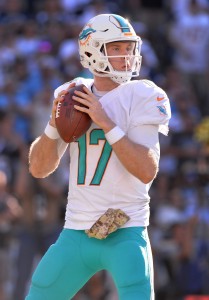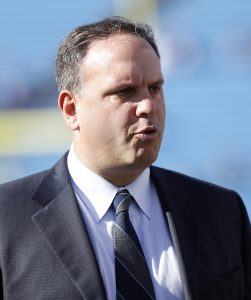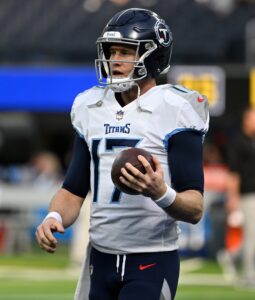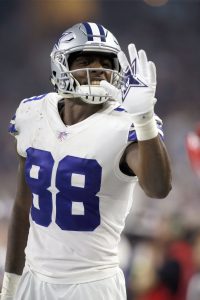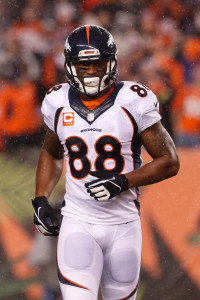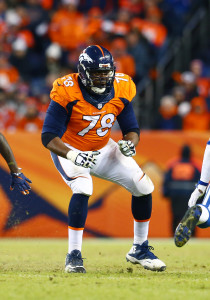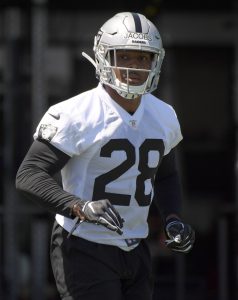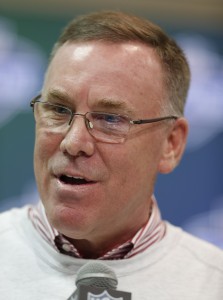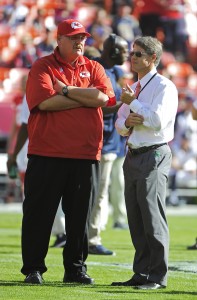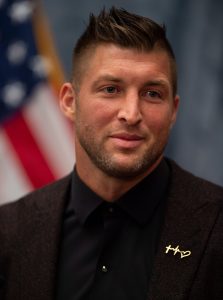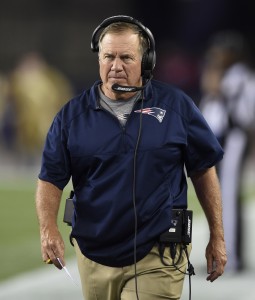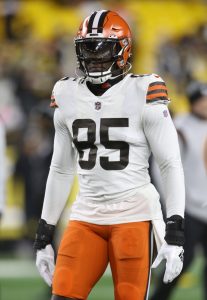On this date in 2021, one of the more egregious public trade requests crossed the Twitter/X timeline. Former Patriots first-round wideout N’Keal Harry asked out of New England on July 6, 2021.
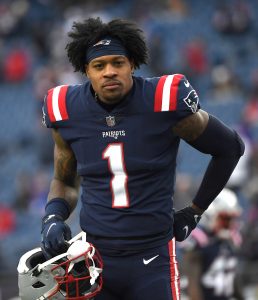 “For the past several months, I have been working in cooperation with the Patriots behind the scenes to put a plan in place to allow N’Keal to thrive in New England,” Harry’s agent, Jamal Tooson, wrote in a statement. “Through two seasons, he has 86 targets, which obviously hasn’t met the expectations the Patriots and N’Keal had when they drafted a dominant downfield threat who was virtually unstoppable at the point of attack in college. Following numerous conversations with the Patriots, I believe it’s time for a fresh start and best for both parties if N’Keal moves on before the start of training camp. That is why I have informed the Patriots today I am formally requesting a trade on behalf of my client.”
“For the past several months, I have been working in cooperation with the Patriots behind the scenes to put a plan in place to allow N’Keal to thrive in New England,” Harry’s agent, Jamal Tooson, wrote in a statement. “Through two seasons, he has 86 targets, which obviously hasn’t met the expectations the Patriots and N’Keal had when they drafted a dominant downfield threat who was virtually unstoppable at the point of attack in college. Following numerous conversations with the Patriots, I believe it’s time for a fresh start and best for both parties if N’Keal moves on before the start of training camp. That is why I have informed the Patriots today I am formally requesting a trade on behalf of my client.”
While the agent’s statement was filled with hyperbole, he wasn’t entirely wrong about Harry’s collegiate production. The Arizona State product earned a pair of first-team All-Pac-12 honors after compiling 175 catches, 2,305 yards from scrimmage, and 18 touchdowns between the 2017 and 2018 seasons. That two-year performance helped put him firmly on the NFL map, and he was ultimately the second wideout off the board during the 2019 draft (behind Marquise Brown and ahead of the likes of Deebo Samuel and A.J. Brown, who were the next two receivers taken).
The Patriots broke their tradition by selecting Harry with the No. 32 pick. Bill Belichick had never selected a first-round WR during his time in New England, and Harry was the organization’s first Round 1 receiver since Terry Glenn in 1996. So, it goes without saying that expectations were high for Harry.
Unfortunately for both the player and the organization, those expectations were never met. Tom Brady often looked off rookie wideouts during his illustrious career, and Harry wasn’t an exception. Despite the Patriots offense being without Rob Gronkowski (retirement) and Josh Gordon (injury), Harry only finished the 2019 campaign with 12 catches for 105 yards and two touchdowns. Things got a bit better with Cam Newton under center for the 2020 season, but Harry still struggled to match his first-round pedigree. The wideout finished his sophomore season with 33 catches for 309 yards, with both marks still representing career-highs.
With two underwhelming seasons under his belt, Harry and his camp decided he’d be best served to rehabilitate his career elsewhere. Unsurprisingly, there weren’t any teams willing to give up significant draft capital to acquire the wideout, leading to rumors that the Patriots could just outright cut the impending third-year player. Instead, Harry ended up sticking on the roster, although a shoulder injury kept him off the field for the first month of the season. When he returned, he once again struggled to make a connection with his quarterback, a position that was now manned by rookie Mac Jones. Harry finished the 2021 season with 12 catches for 184 yards.
Naturally, the Patriots declined Harry’s fifth-year option during the 2022 offseason, and the team eventually honored the player’s trade request. Harry was ultimately traded to the Bears for a seventh-round pick (a selection they eventually used on tight end Jaheim Bell). Harry didn’t do a whole lot during his cameo in Chicago, finishing with only seven catches. He spent most of the 2023 campaign in Minnesota, going catchless in 23 offensive snaps. After inking a reserve/futures contract with the Vikings this offseason, it was revealed that the six-foot-four, 225-pound athlete will be attempting to make Minnesota’s roster as a tight end in 2024.
When Harry’s camp made the trade request on this date three years ago, it was hinted that the player’s landing spot was to blame for the lack of production. Really, everyone involved deserves some responsibility for the disappointing results. The Patriots should have done a better job assuring that Harry would be a fit with Brady and the technical New England offense, especially after the organization had struck out on so many young WRs over the years. On the flip side, Harry was hoping to simply capitalize on his physical talents, a factor that his college coach, Herm Edwards, confirmed when he noted that rookies need “to have work ethic” and have “to focus in on football.”
As the Patriots undergo another significant offensive change in 2024, it’s hard not to imagine how things would look if Harry actually worked out in New England.
